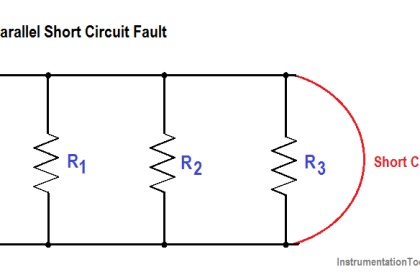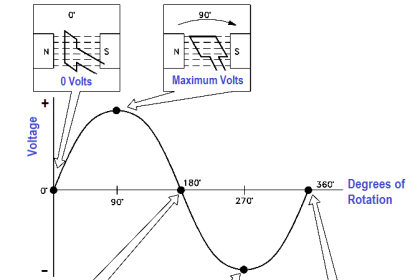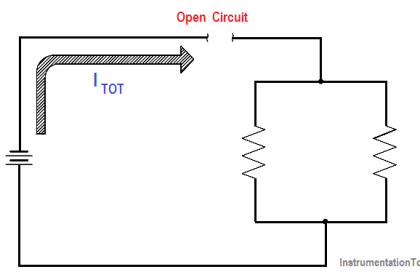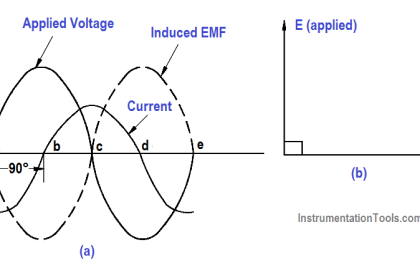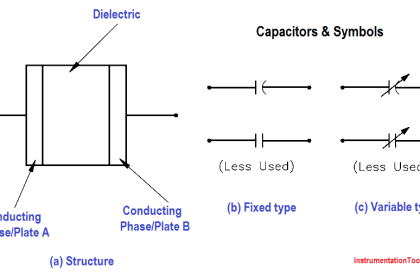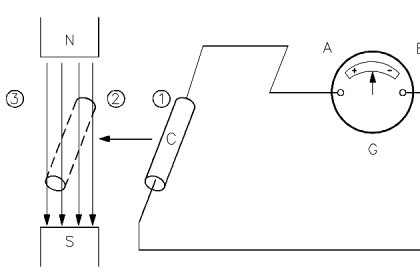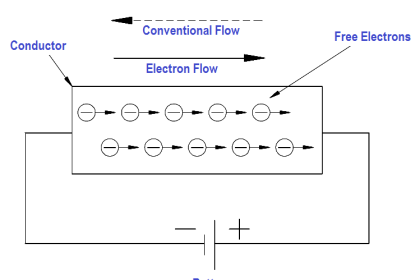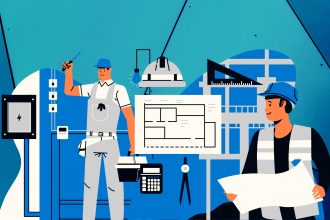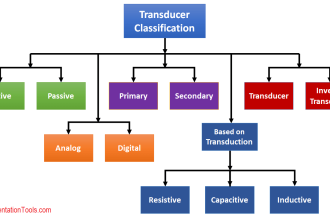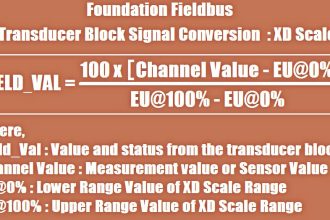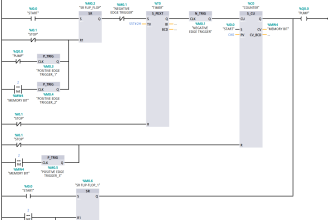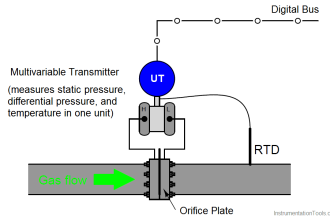Unlike the single-phase wiring scheme that must make a provision for a neutral leg and separate ground, the three-phase system needs neither a separate neutral nor a ground to operate safely. However, to prevent any unsafe condition, all 3- and 4-wire, three-phase systems can include an effective ground path. As with the previous single-phase discussion, only the secondary side of the transformer and its connected load need to be studied.
4-Wire, Three-Phase Delta Wiring System
The 4-wire, three-phase Delta system combines the ungrounded Delta previously above for three-phase loads with the convenience of the Edison system for single-phase loads. As depicted in the example illustration in below Figure, one side of the Delta has a grounded-neutral conductor connected to a center tap winding on one phase.
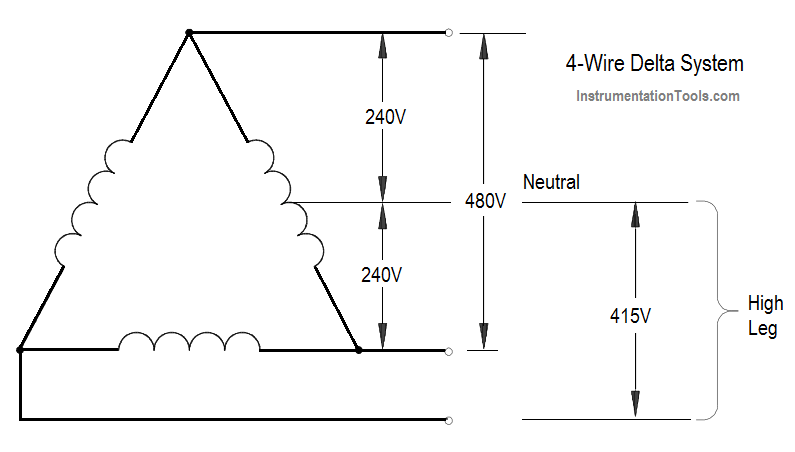
The single-phase voltage on each side of the half-tap is one-half the voltage available in the normal phase-to-phase relationship. This provides the same half- or full-voltage arrangement seen in the normal Edison scheme with a grounded neutral.
Notice also that the legs coming from the corners of the Delta would have a normal ungrounded appearance if it were not for the center tap of one phase. Thus, at any given location in the system, either three-phase power at full voltage or single-phase power with half or full voltage is equally possible.
However, there are several strict precautions that must be observed in the operation of this system. First, all loads must be carefully balanced on both the single-phase and three-phase legs. Second, because the voltage between one leg and the grounded neutral is considerably higher than the rest of the single-phase system, a measurement between the neutral and the phase must be taken to identify the “high leg,” or “bastard voltage.” Last, the “high leg” is never used as a single-phase source because no ground or grounded neutral exists for this circuit.
